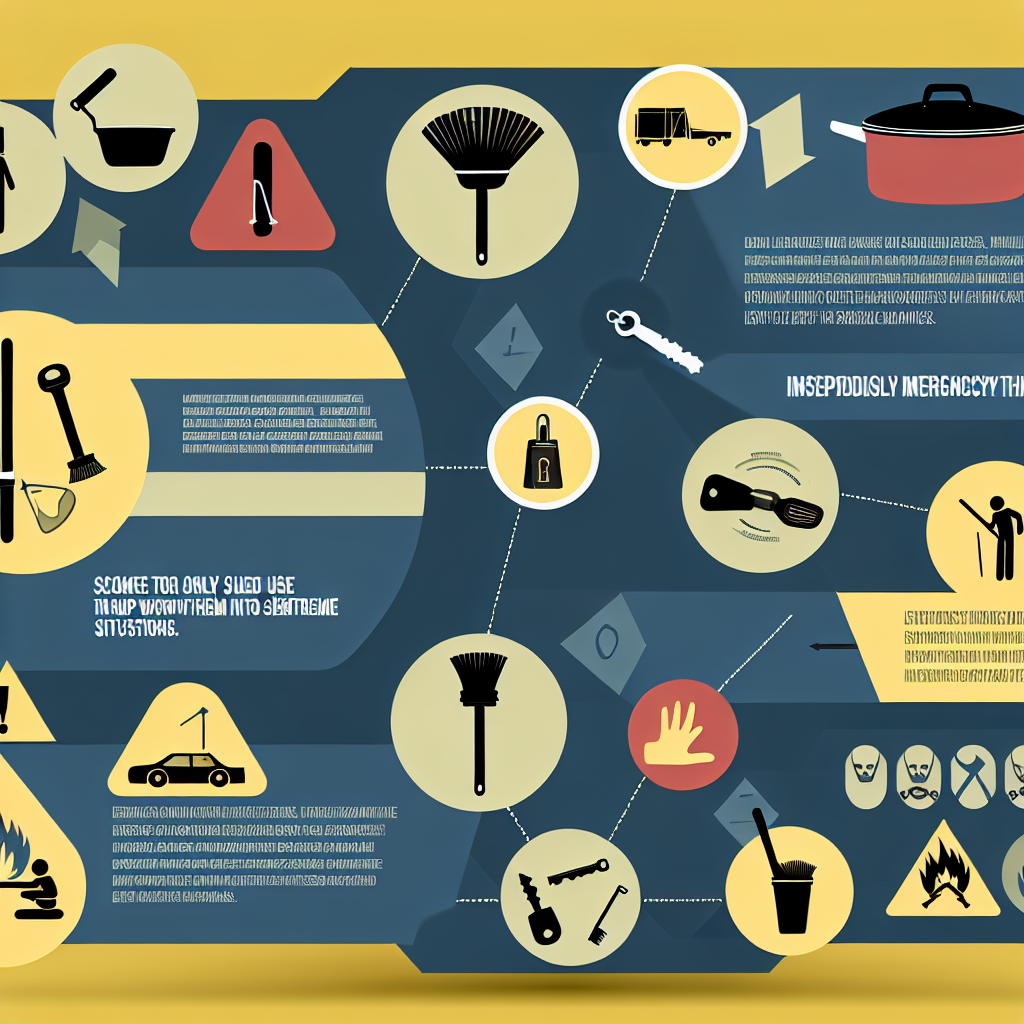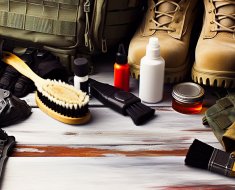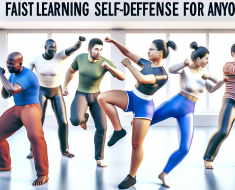How to Use Improvised Weapons in Emergencies

Emergencies can arise without warning, putting individuals in situations where self-defense or protection becomes paramount. While professional weapons and tools are ideal, there are countless scenarios where these are unavailable. In such cases, knowing how to effectively use improvised weapons can be a lifesaving skill. This article explores the fundamentals of using everyday objects for self-defense, backed by practical examples, psychological insights, and safety considerations.
Understanding the Role of Improvised Weapons in Self-Defense
Improvised weapons are ordinary objects repurposed to defend oneself or deter an attacker during emergencies. These weapons capitalize on accessibility rather than specialized design. The essence of using improvised weapons lies in creativity, quick thinking, and awareness.
According to a 2018 study by the National Crime Victimization Survey (NCVS), nearly 60% of violent encounters occur unexpectedly and without access to traditional means of protection. This underscores the importance of being prepared to utilize what is at hand.
- Accessibility: The best weapon is often the one within arm’s reach.
- Surprise Factor: An attacker may be unprepared for an unconventional defense method.
- Psychological Impact: Even a small object used assertively can create hesitation or fear.
The goal is not necessarily to inflict maximum harm but to create an opportunity to escape safely. Improvised weapons serve as force multipliers when trained defensive techniques are limited.
Common Household Items That Can Serve as Effective Improvised Weapons
Most homes and workplaces contain objects that can double as protective tools in emergencies. Familiarity with these items enhances readiness and confidence during crises.
- Kitchen Utensils: Knives, forks, rolling pins, and spatulas can be used for striking or stabbing motions if necessary. A heavy cast iron skillet also doubles as a blunt force object.
- Writing Instruments: Pens and pencils can be effective for jabbing vulnerable areas like eyes or throat due to their pointed ends.
- Household Tools: Screwdrivers, hammers, and wrenches provide sturdy handles and heavy striking surfaces.
- Bags and Belts: A handbag or backpack can be swung at an assailant’s face; belts can be used for whipping strikes or restraining an attacker temporarily.
- Beverage Containers: Glass bottles or cans can be thrown or broken to create sharp edges for cutting.
The key is understanding the potential reach, weight, and impact area of each item to maximize its defensive utility. For example, a rolling pin offers extended reach compared to a knife held close; a pen targets sensitive points with precision rather than brute force.
Techniques for Using Improvised Weapons Safely and Effectively
Mishandling improvised weapons can backfire—literally causing injury to oneself or escalating conflict unnecessarily. Therefore, proper technique is essential for both effectiveness and safety.
Selecting the Right Object
The choice depends on availability, size relative to your body strength, and ease of use under stress. Lightweight items allow faster swings but may lack stopping power; heavier objects pack more punch but tire the user quickly.
Aiming for Vulnerable Targets
The human body has several areas more susceptible to pain or incapacitation when struck:
- Eyes: Jabbing with pointed objects like pens or keys
- Nose: Striking upwards with fists or blunt objects causes disorientation
- Throat: Vulnerable but risky due to proximity; requires precision
- Knees: Kicking or hitting joints hinders attacker’s mobility
- Groin: Highly sensitive area that can disable temporarily
Basic Defensive Movements Using Objects
- Poking/Jabbing: Using pointed items (pens, keys) to cause pain quickly.
- Swinging/Striking: Leveraging heavier objects (rolling pins, bottles) in wide arcs targeting head or torso.
- Shooting/Throwing: Tossing bottles or cans at assailant’s face as a distraction tactic before fleeing.
- Lashing/Whipping: Employing belts or cords to strike from a distance while maintaining space.
A well-timed jab towards the eyes with a pen can buy crucial seconds; swinging a heavy object at the attacker’s ribs might cause enough pain for escape. Practicing these motions beforehand improves muscle memory during real confrontations.
Case Studies: Real-Life Instances Where Improvised Weapons Made a Difference
The effectiveness of improvised weapons is validated by numerous documented incidents worldwide. Here are some notable examples demonstrating their impact:
The Subway Hero: New York City Incident (2019)
A man was attacked on a subway platform by multiple assailants wielding knives. With no weapon available, he grabbed a nearby metal pipe used for maintenance work. Swinging it decisively at his attackers forced them back until authorities arrived. The metal pipe served as an effective deterrent








